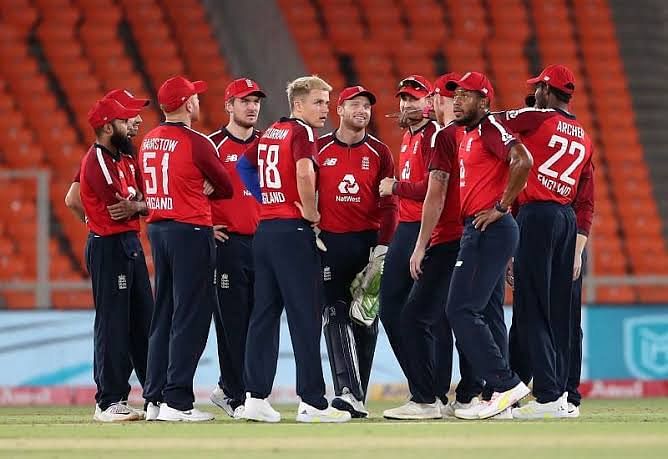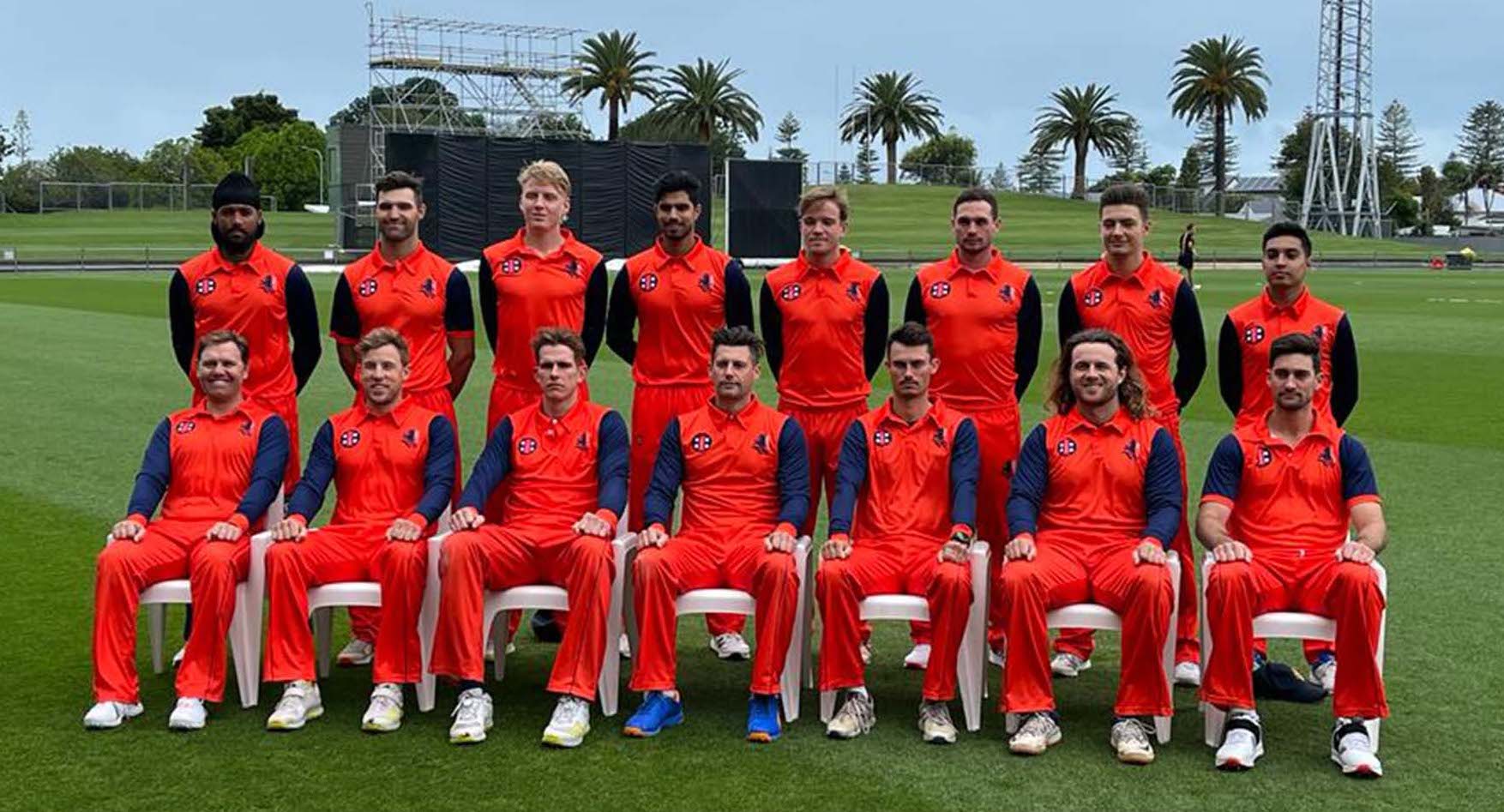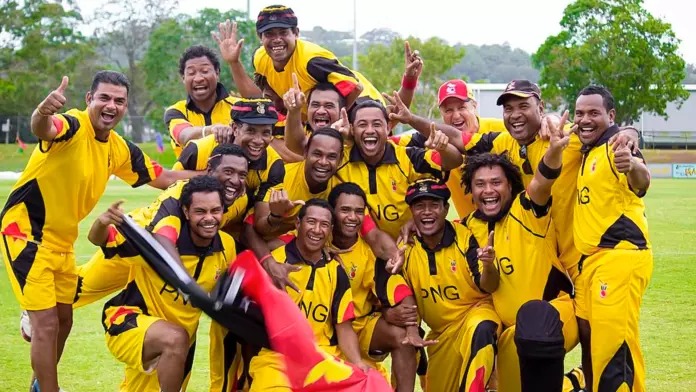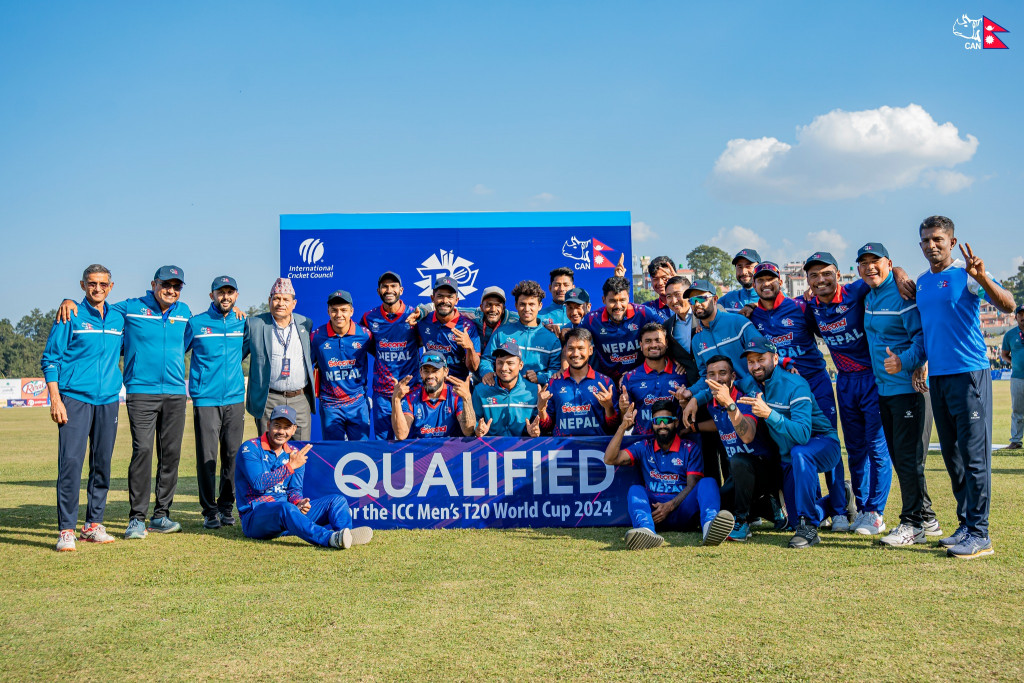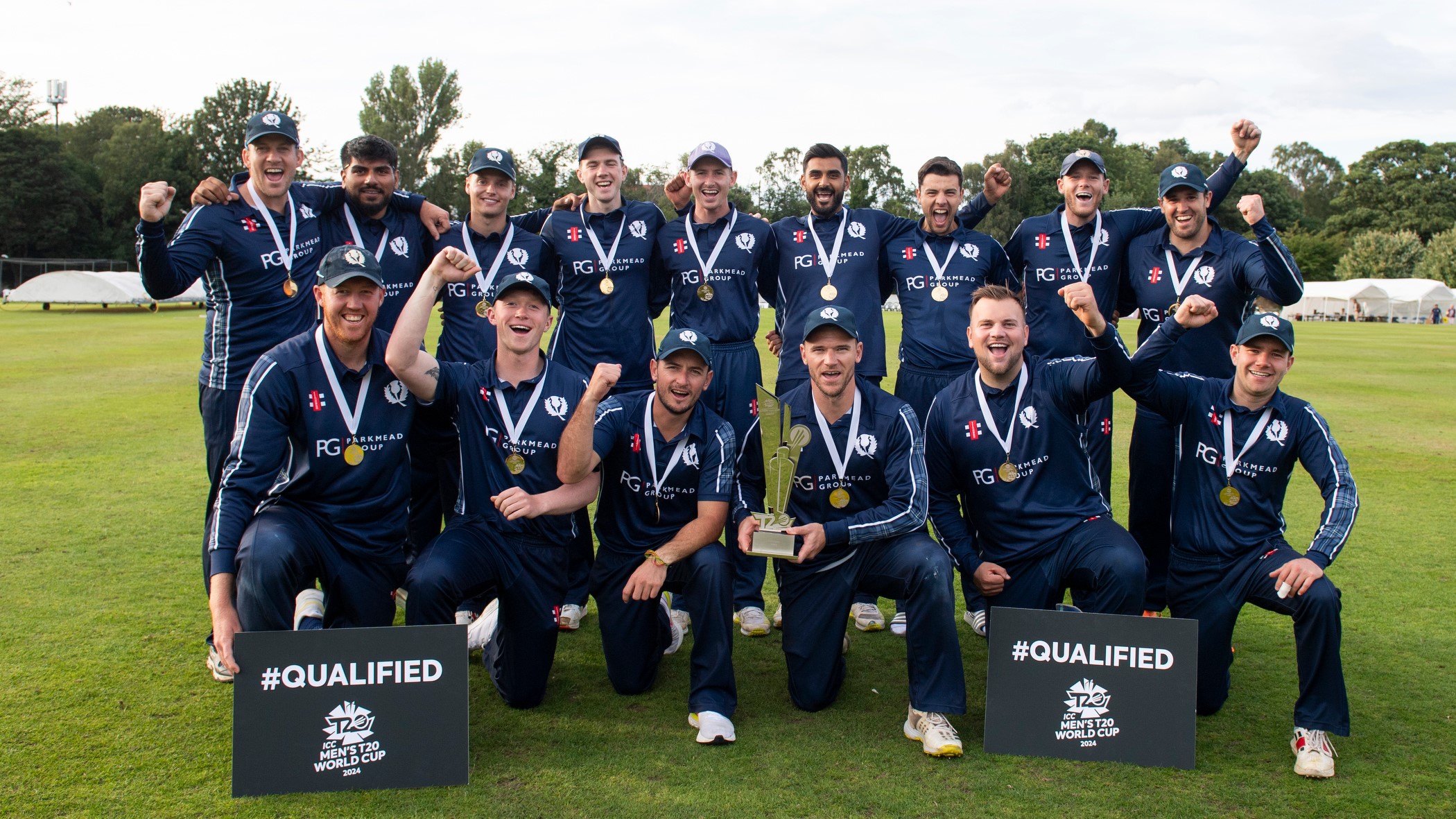Cricket Is a game that is not only about scoring runs but also about taking wickets. When we talk about taking wickets, bowling the ball in the right areas, bowling the correct line and length, and also making the most of the conditions available comes into play.
However, one of the factors that often gets ignored by the viewers of the game is the ball that is used in the game, its types, the condition of the ball, and also the minute details that make the ball swing in various directions.
So let's get into details about how the ball used becomes a very vital factor in a bowler's wicket.
For starters, the Red balls came into action first with the inception of Test Cricket and to date, we have three types of red balls used in Test Cricket. The SG, Dukes, and the Kookaburra.
Talking about history, the Dukes are the oldest balls that are still used by countries like England, West Indies, and Ireland.
The SG is often used by India for both, domestic and international matches. The Australians, South Africans, New Zealand, Pakistan, and Sri Lanka use Kookaburra as their preferred red ball in Test Cricket.
Although there were three variations available, with the introduction of the One Day International (ODI) format, the white ball came into existence and has prevailed in the T20 format as well.
The conditioning of the white ball though isn't a match with the red ones and thus, ICC introduced a rule of using two balls in an ODI match. The rule has its pros and cons but it's the former that has the edge and that's why we are still witnessing the use of the white ball on a large scale.
Let's get into more depth about each ball's characteristics.
Dukes
History

The company that manufactures the Duke balls is the British Cricket Balls Limited and the company's foundation was laid in 1760 by the Dukes family. However, in 1987, Indian businessman Dilip Jajodia bought the company. As mentioned earlier, the Dukes ball is used in England, West Indies, and also Ireland.
Stitching and Seam
The Dukes ball is hand-stitched and thus, the thread of the seam stays intact for a longer time. The way of stitching of the Dukes ball complements the two cups forming the ball in a better shape and its durability is enhanced provided the fielding side uses it effectively.
Use of Conditions
The English bowlers are most renowned for how they capitalise on the home conditions and bowl effectively with the Dukes ball. The plush green pitches help the seam to last long thereby helping the ball to swing more.
Movement, when considered, is also on the high for the Dukes ball meaning that the ball does a lot once it leaves the bowler's hands.
Players' Choice
Several players, especially the fast bowlers from England and West Indies are in awe of the Dukes ball. However, India's resurgence in the fast bowling department has led some of the big names to prefer the Dukes ball over the SG ball that is used in the subcontinent.
From Umesh Yadav in 2018 and Jasprit Bumrah as well, their statements over their preference has shown what a treat the Dukes ball is for the fast bowlers.
SG
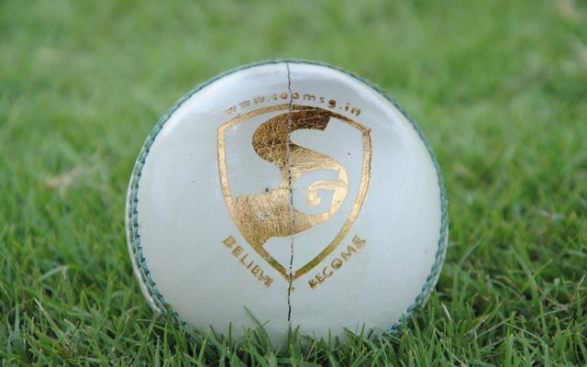
History
Any guesses on the full form of SG? We'll tell you! It's Sanspareil Greenlands. A Meerut based company that was founded in 1950 saw its advent in 1931 as only "Sanspareil." However, due to reasons for exporting, etc., the name "Greenlands" was added.
Stitching and Seam
Used in almost every domestic and international cricket game in India, SG balls are also hand-stitched.
The seam structure is somewhat similar to the Dukes ball but the thread of the seam here is thicker, making it more durable.
Use of Conditions
On hard and tough pitches like the ones we witness in India, the SG ball is the ideal one as the seam wears out slowly as compared to the other balls. Once the ball gets old, bowlers usually use the rough-shine policy to make the most of the ball even after it wears out.
Players' Choice
This ball is the most ideal one and since the pitch conditions and weather affect the SG ball the least, it doesn't have any favourites. However, at times, this ball has caused nuisance to several foreign batsmen due to its unpredictable nature.
Kookaburra
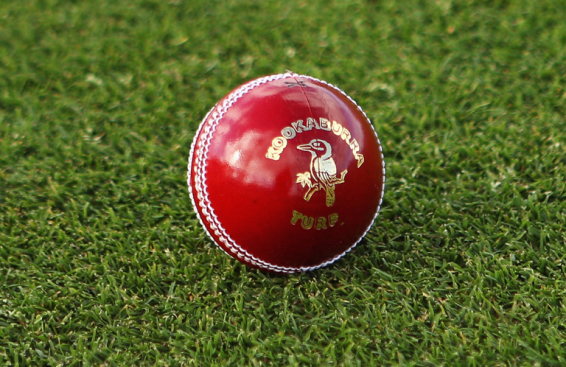
History
Originally a company that manufactures sports equipment in Australia, Kookaburra also elicits quality bats and balls like SG.
The reason for the name Kookaburra is the native Australian birds. The ball is also used in New Zealand, Sri Lanka, Pakistan, and South Africa as well.
Stitching and Seam
Different from the Dukes and the SG, the Kookaburra ball is machine stitched, while only the two inside rows are hand-stitched. Its swing is the least compared to the other two.
The seam of the Kookaburra wears out the quickest and thus, we don't see much swing.
Use of Conditions
The only place where the Kookaburra ball comes on top. The ball is no less than a missile on the hasty pitches of Australia and South Africa.
The extra bounce from the hard Kookaburra ball gets ample assistance from the pitch and it seems like the ball just shoots once it bounces.
Players' Choice
Preferably, the Proteas and the Australians love this ball as their 6-footers hit the deck hard and extract enormous bounce, turning batting into a nightmare.
Considering all the factors, what we can conclude is that the Dukes ball is most effective for the swing bowlers, while the Kookaburra helps the speedsters. Spinners tend to enjoy the Kookaburra ball as well due to its hardness. However, things could go haywire for them in case of the pitches acting differently than their usual behaviour.
Pink ball
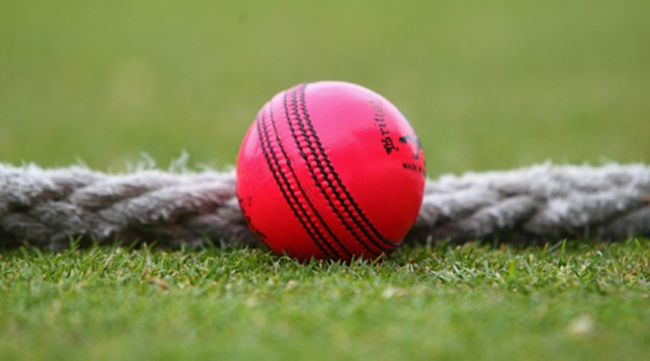
With the growing popularity of the T20Is and the exacerbating viewership of the Test matches overall, it was crucial that an altercation was made to not only take the viewers but surprise but also add a cutting edge challenge to all the players. Well, that's when the concept of the pink ball test was introduced. The new concept not only uses a ball different from the ones used for decades but it was also adding a commercial advantage for the broadcasters and the board.
A day-night test could be played at a prime time where the viewership can be at its all-time high and thus, this decision added a new dimension to the Test Cricket, and also encouraged viewers to get engrossed into the permutation and combinations as to how conditions could be capitalized to their maximum.
Which ball would you pick? Let us know! Check our Instagram and Twitter accounts for more updates and Stay Tuned!

